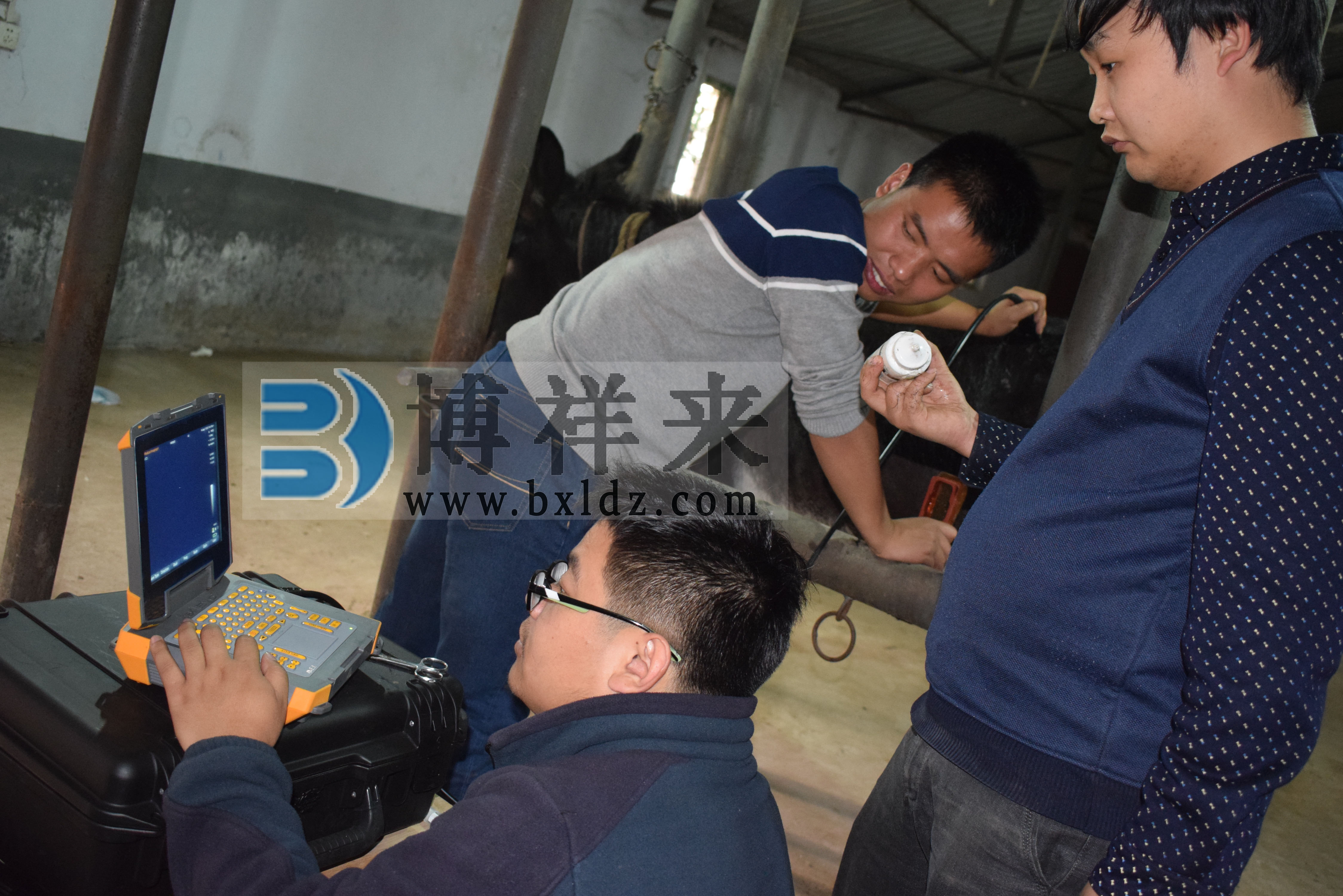To prevent mastitis in cows, it is necessary to strengthen the detection of hidden mastitis. Invisible mastitis testing should be conducted every January, March, June, July, August, September, and November. The commonly used methods for detecting latent mastitis include reagent detection and milk somatic cell examination, and regular examinations should be conducted using bovine B-ultrasound.
When using the reagent detection method, follow the instructions. If the mixture turns blue purple, it indicates that the tested milk is weakly alkaline; If the mixture is orange yellow, it indicates that the tested milk is acidic; If the mixture is in liquid form and there is no visible sediment at the bottom of the cup, it is considered negative; The mixture is in liquid form, and the presence of trace sediment at the bottom of the cup is suspected; With the increase of sediment at the bottom of the cup and the enhancement of milk gel, the degree of mastitis becomes increasingly severe.

When using the somatic cell test method, those with a somatic cell count below 200000 per milliliter are considered negative; Individuals with a somatic cell count between 200000 and 500000 per milliliter are likely to have subclinical mastitis, while those with a somatic cell count above 500000 per milliliter may have subclinical or clinical mastitis. Discovering the scale of hidden mastitis in dairy farms requires timely treatment measures. During treatment, it is necessary to use B-ultrasound to examine the cow and determine the severity of the disease before proceeding with the treatment.
Strengthen the treatment of mastitis during the dry milk period. The dry milk period is the best time to prevent and treat recessive mastitis: after the last milking, inject a special dry milk ointment (containing 1 million units of penicillin, 1 gram of streptomycin, 3 grams of aluminum monostearate, and 80 ml of medical peanut oil) into each nipple to greatly reduce the incidence rate of mastitis; Cefoperazone 1g or acetate prednisolone 10mg can also be injected intrapapillary. Throughout the entire lactation period, regular B-ultrasound examinations should be conducted on cows. If any abnormalities are found in the cow's breasts, the cause should be promptly identified. If it is mastitis, medication treatment should be administered.






